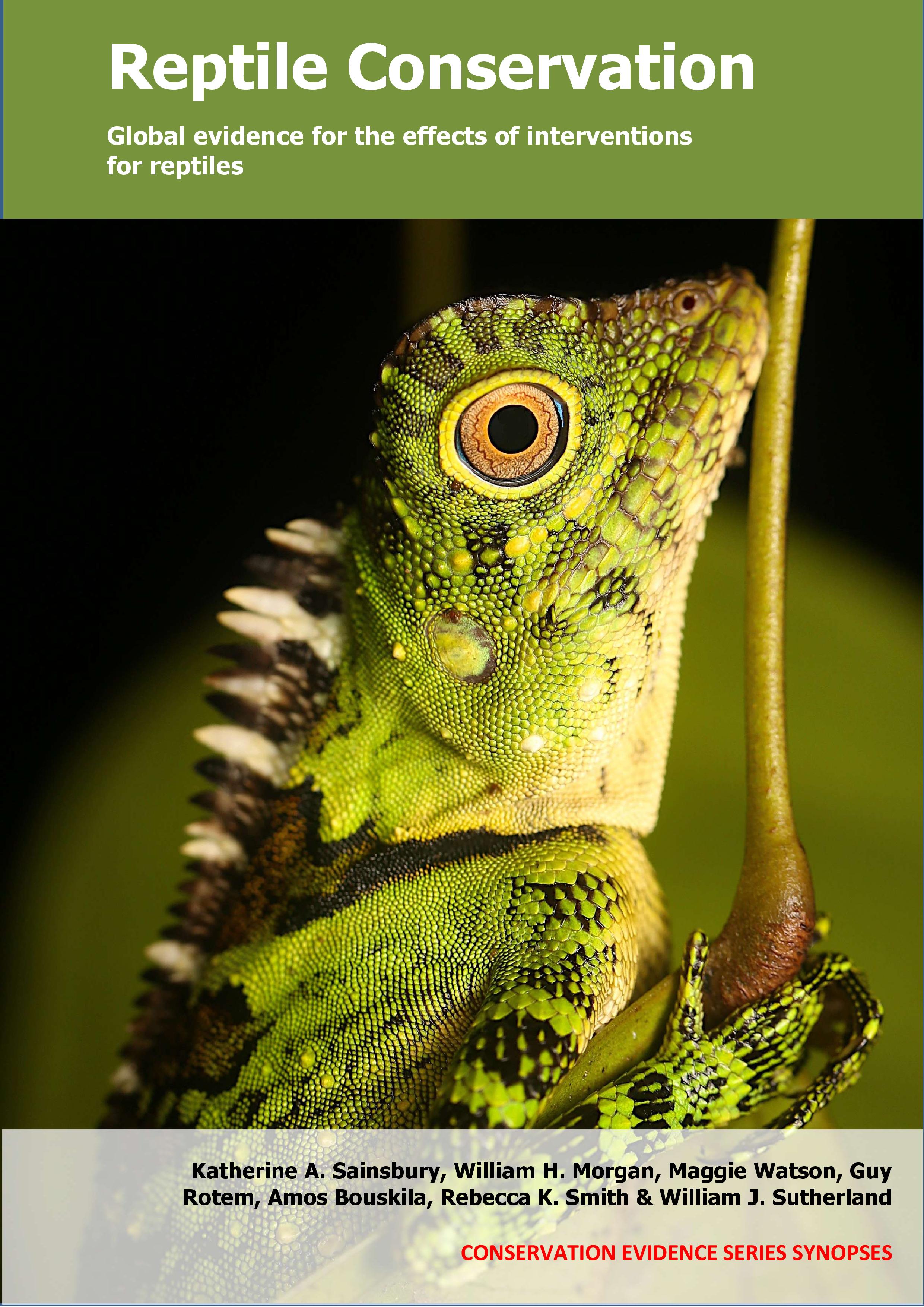Use a different bait type: Tortoises, terrapins, side-necked & softshell turtles
-
Overall effectiveness category Awaiting assessment
-
Number of studies: 2
View assessment score
Hide assessment score
How is the evidence assessed?
-
Effectiveness
not assessed -
Certainty
not assessed -
Harms
not assessed
Study locations
Supporting evidence from individual studies
A randomized, controlled study (years not provided) in a brackish water experimental enclosure in South Carolina, USA (McKee et al. 2016) found that using mackerel bait in a crab pot increased catch rates of diamondback terrapin Malaclemys terrapin compared to chicken or no bait. Mackerel bait increased the number of terrapins caught (1.2 entries/terrapin/h) compared to chicken or no bait, which produced similar results (chicken: 0.6; no bait: 0.2 entries/terrapin/h). In total, 25 wild terrapins were caught to participate in three randomly ordered trials: mackerel bait, chicken bait and no bait. A single crab pot with chimney was used to test each bait type. Terrapins were monitored by webcam in 90-minute videos/treatment.
Study and other actions testedA replicated, paired study in 2014 of 13 reservoirs in Kentucky, USA (Long et al. 2017) found that using soap rather than cheese as fishing bait in hoop nets reduced unwanted catch of turtles in a catfish Ictalurus punctatus fishery. Unwanted catch of all turtles in hoop nets was reduced with soap bait (7 turtles/net deployment) compared to cheese bait (11 turtles/net deployment). Turtle mortality was reduced with soap bait compared to cheese (data reported as statistical model outputs). Catch rates of commercially targeted catfish were similar between soap-baited (1,613 individuals) and cheese-baited hoop nets (1,429 individuals) although soap-baited nets caught larger catfish (344 mm average length) compared to cheese-baited (321 mm). In June 2014, four to six tandem hoop net combinations (three nets/combination, each 3.4 m long with 25 mm bar mesh and seven 0.8 m hoops) were deployed at <4 m depths in 13 reservoirs (70 total net deployments, two sampling periods). Nets were either baited with 800g cheese logs or 800g Zote © soap. Nets were fished for two days; all animals were removed and nets were then reset with the opposite bait and fished for a further two days. In total six turtle species were caught, of which three species (red-eared slider Trachemys scripta elegans, common musk Sternotherus odoratus and common snapping turtles Chelydra serpentina) were caught frequently enough to assess differences in mortality by bait type.
Study and other actions tested
Where has this evidence come from?
List of journals searched by synopsis
All the journals searched for all synopses
This Action forms part of the Action Synopsis:
Reptile Conservation
Reptile Conservation - Published 2021
Reptile synopsis





)_2023.JPG)














